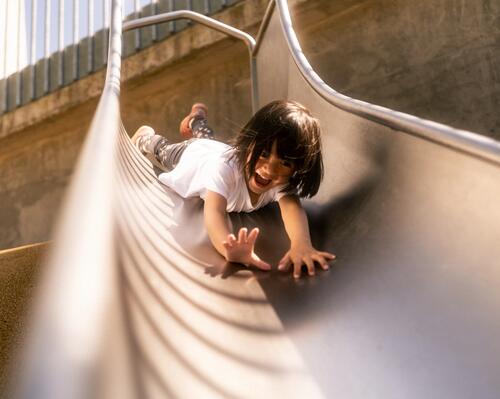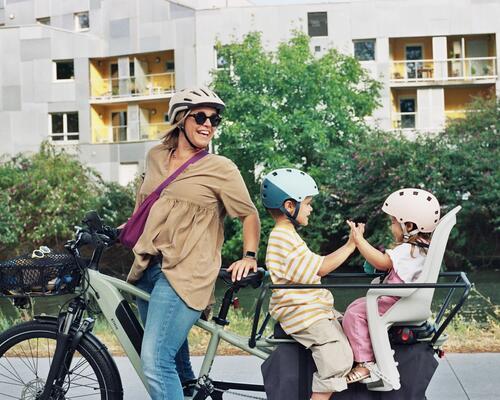The circular economy's tools
The circular economy, which is making headway in some regions (including the EU), still has a long way to go. According to a Circle Economy Foundation report, the world economy's circularity has actually... declined in recent years! Slowed by the growing extraction of raw materials, it has dropped from 9.1 % in 2018 to 7.2 % in 2023.
It is subsequently urgent to use the levers at our disposal. They include:
- Eco-design: It is one of the key prerequisites for extending products' life cycle. Almost 80 % of a product's environmental impact is determined during its design stage! This means factoring in how products are dismantled and recycled before manufacturing.
- Recycling: a necessary stage. A simple example: mobile phones have 200 times more gold in a ton than a natural goldmine! It is therefore necessary to develop the recycling sector and raise public awareness.
- Local and community-based channels: buying locally helps to activate local distribution channels that are part of the circular economy. Think in terms of consumer buying groups that support a local farmer while forging ties between citizens and their area.
- Second-hand: the used goods market is a central part of the circular economy because it helps to reduce new manufacturing (the much talked about "Reduce"). Clothing, books, sports gear, electronic equipment… there is no shortage of buy-sell options!
- Maintenance and repair: to extend products' use span, delaying when they reach their end-of-life and reducing the amount of waste generated. It results in the repair of products that are sometimes defective, replacing used parts, regular care and proactive maintenance. Prevention being better than the cure!
- The sharing economy. "Peer-to-peer" exchanges, which involve sharing or exchanging goods or services between consumers, are developing.Let's mention here ride sharing or car sharing between private individuals; leasing, exchanging or hiring equipment (DIY, for example); or even service exchange systems.
Generally speaking, the product-service system, as opposed to the traditional goods ownership model, presents an effective alternative: less manufacturing and less waste (reduced product manufacturing results in reduced consumption of natural resources - raw materials, energy, water). Extending durability is also reappraised from the design phase, with products being designed for intensive and sustainable use, encouraging their repair, reuse and refurbishment before being recycled at the end-of-life. In short, it is always about the same principles: use, repair, make it last… Recycling is seen as the ultimate solution.









